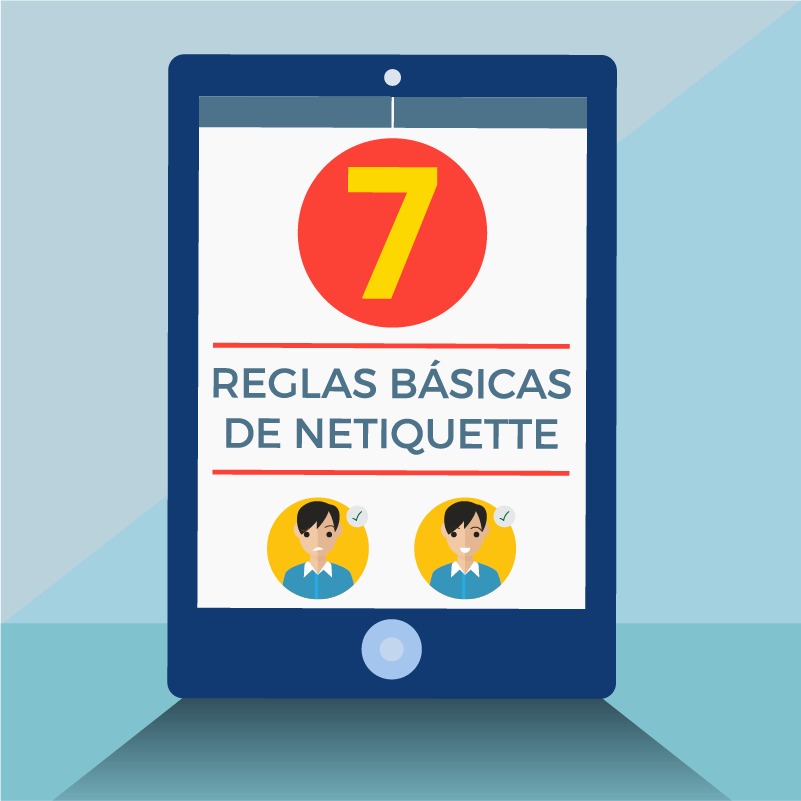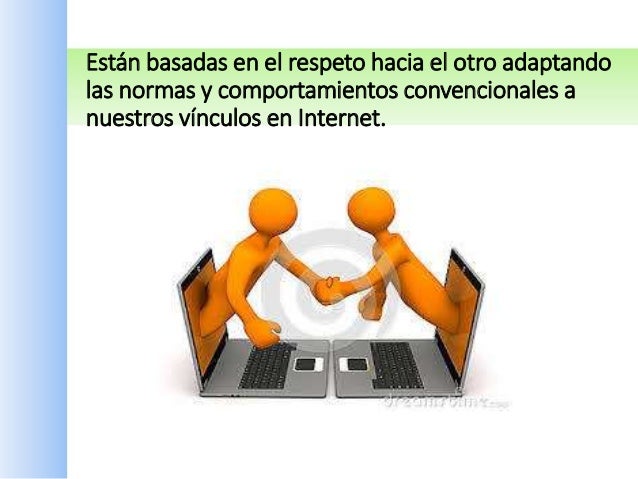

Difficulties in emotion regulation were directly and indirectly linked to problematic social media use via frequency of use and facilitating use of e-motions.Ĭonclusions: These findings provide support for the importance of both peer influence and emotion regulation in this context. Results: Path analysis showed that social norms were directly associated with problematic social media use and friends’ social media use was associated with the frequency of social media use, which, in turn, was associated with problematic use. An online questionnaire was administered to 761 adolescents (44.5% females Mage = 15.49 years SDage = 1.03). Methods: A cross-sectional study was conducted in Italian secondary schools. The current study aimed to test: (i) the influence of friends (i.e., their social media use and group norms about social media use) and (ii) the effects of difficulties in emotion regulation and so-called “e-motions” on adolescents’ problematic social media use. However, social media use can become “problematic” for some users and only a few studies have explored the concurrent contribution of social context and emotion regulation to problematic social media use. Introduction: Being constantly connected on social media is a “way of being” among adolescents. These results represent an advance in the field of emotional education. Furthermore, the results of this study show that online emotional expression does not imply emotional competency. Differences among genders were observed in the categories of emotional e-conscience and social e-competency. The five resulting dimensions evaluate (1) emotional e-conscience, (2) emotional e-autonomy, (3) emotional e-regulation, (4) e-self-control of impulsiveness, and (5) social e-competency. Confirmatory factor analysis (CFA) yielded a five-dimensional structure with good fit and internal consistency. On the basis of their responses, structure analysis, validation, and reliability were carried out. The questionnaire was filled out by 888 adolescents ages 12 to 17 (48% males, M = 13.83 years old, DT = 1.27), all residents of Aragón, Spain. Using the model developed by Bisquerra and Pérez (2007) as a theoretical framework, the competencies posited therein were transferred to an online environment. This study’s objective was thus to design and validate a questionnaire for the evaluation of socio-emotional competencies in virtual contexts, and to analyze eventual differences according to gender and academic year.

Until now, however, no instruments had been defined or developed for that purpose. Thus, it is highly relevant to analyze and evaluate online socio-emotional competencies. An individual who is online manages his/her emotions in a specific manner. Socio-emotional competencies play an essential role in personal development as they are associated with highly prosocial behavior and low aggressiveness. Se discuten los retos educativos que plantea el uso responsable de las redes sociales. Los resultados son reveladores, apuntando a que el nivel de contenido emocional en línea aumenta el nivel de phubbing, la expresión emocional online es el factor de riesgo más influyente para ambos géneros y la netiqueta protege en mayor medida a las chicas. 935 adolescentes (12-17 años y 55,1% chicas) de 13 centros educativos de Aragón (España) han respondido sendos cuestionarios. Por ello, los objetivos de este trabajo son analizar en qué medida el uso de la neti-queta y del contenido emocional online se asocia y predice el phubbing considerando las diferencias de género. Educar esta conducta podría estar relacionado con el contenido emocional y netiqueta. El phubbing o acto de mirar el móvil mientras se conversa cara a cara se ha convertido en una práctica habitual generando malestar y exclusión social. Sería deseable que la interacción virtual no redujera la calidad de la convivencia presencial y que incorporara la netiqueta o trato respetuoso en línea.


La comunicación online se ve limitada en elementos no verbales generalizándose así, el uso de recursos emocionales. En la adolescencia internet es utilizado, en gran medida, para la socialización.


 0 kommentar(er)
0 kommentar(er)
